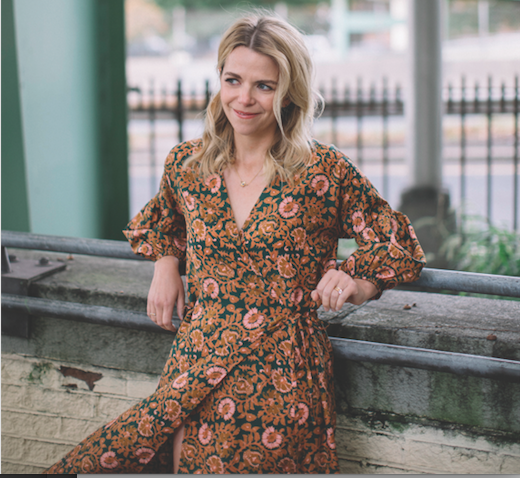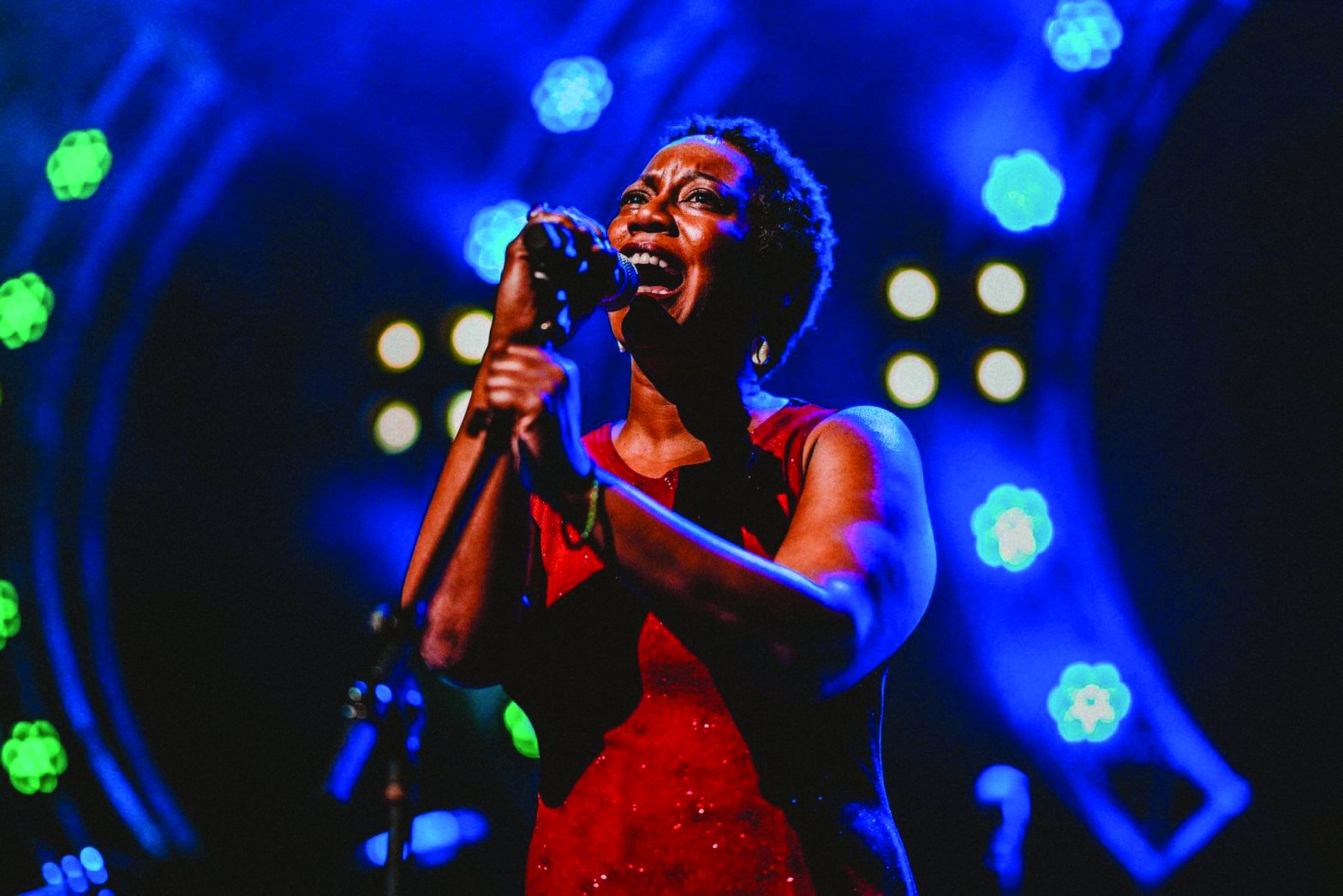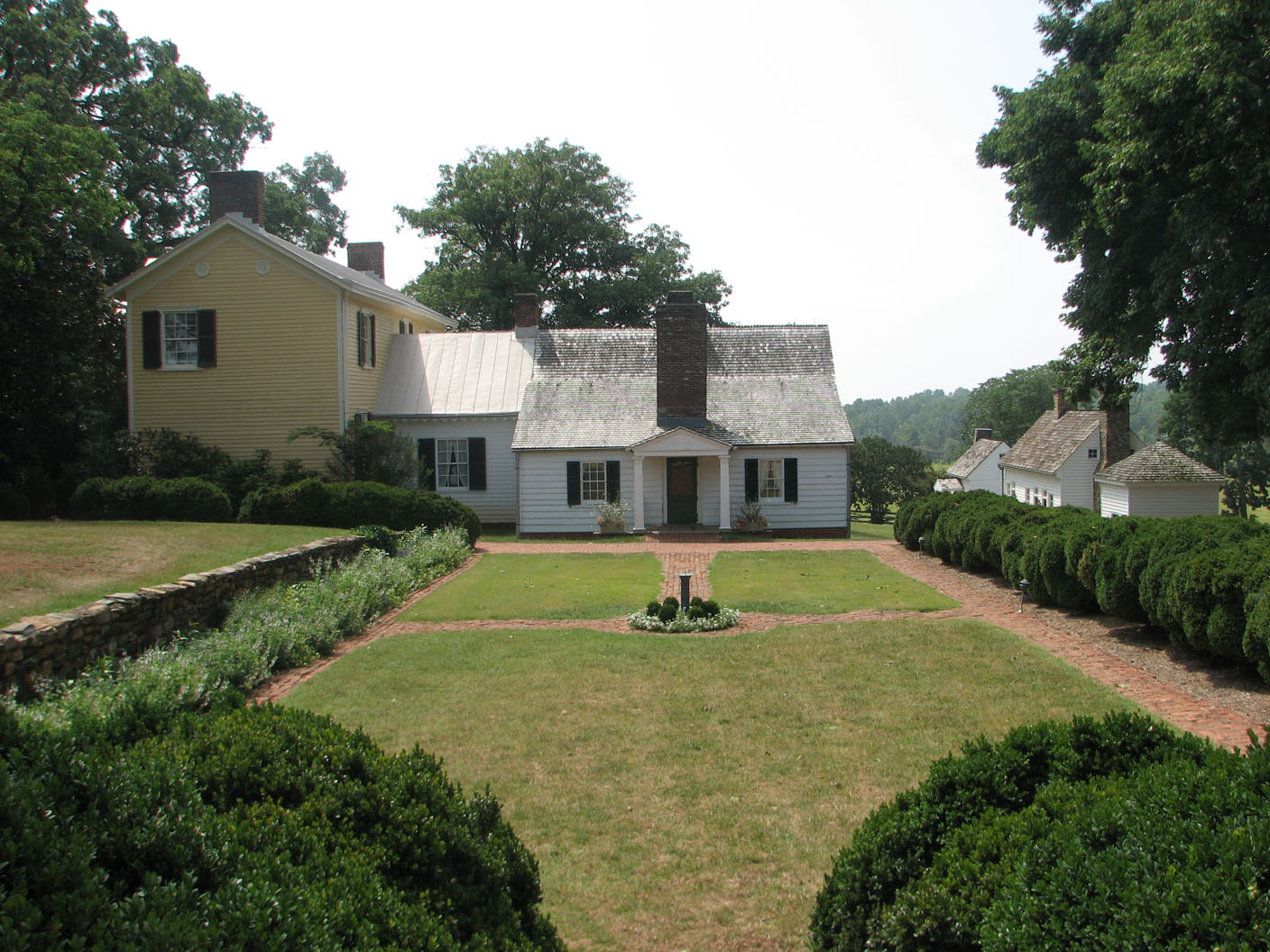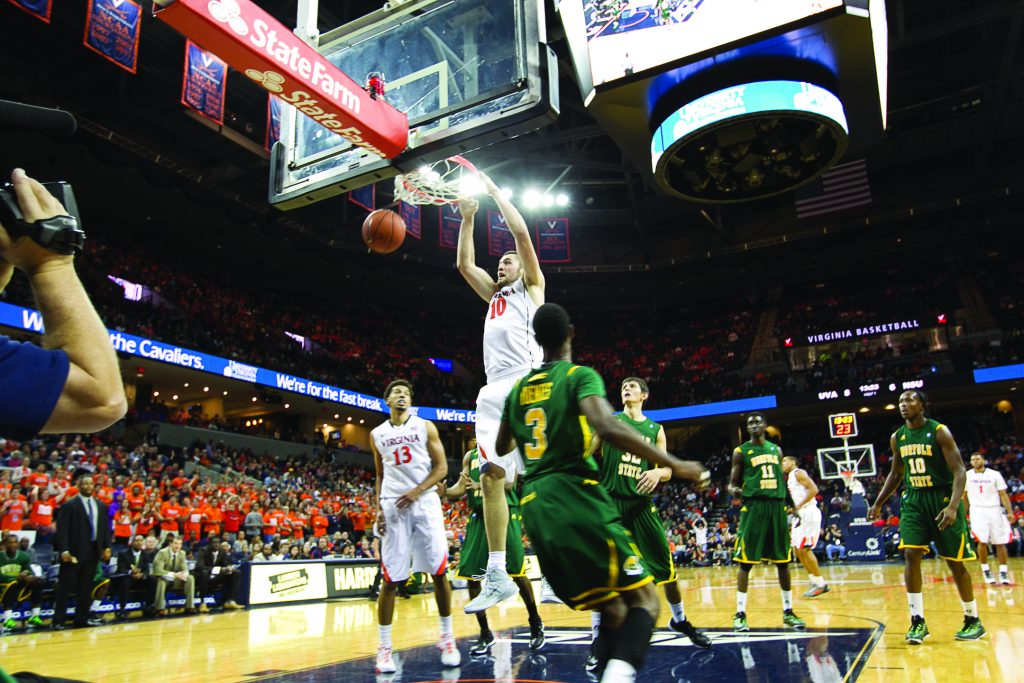“How do you lose a president’s house?”
That was Highland Executive Director Sara Bon-Harper’s reaction when a 2016 archaeological dig conducted at James Monroe’s plantation turned up a discovery that completely reinterpreted the site. The research uncovered part of the foundation of Monroe’s original 1799 home, under the front yard of the existing Victorian-era Massey House. Highland’s largest Monroe-era standing structure, once thought to be a wing of the original home, had in fact been a free-standing guest house, one that Monroe had described in an 1818 letter to his son-in-law.
Monroe, the country’s fifth president, lived at Highland from 1799 to 1823, along with his family and a large number of enslaved workers. The property is now owned by William & Mary, Monroe’s alma mater, and is open to the public as a museum. The 2016 dig reshaped the public history work that’s taking place there, and this summer, another round of archaeological work has expanded what’s known about Monroe’s home and the people who lived and worked there.
In 2020, Bon-Harper—an archaeologist by training—secured a $24,000 grant from the Archaeological Institute of America and the National Endowment of the Humanities to continue the excavation of Monroe’s original home. That grant covered the cost of several William & Mary graduate students and a couple of employees. With some additional volunteers, Bon-Harper and her team spent the month of June excavating several sections of the home’s foundation—often while Highland visitors looked on.
Getting their hands dirty
This year’s excavation focused on four investigation areas. The findings provide a fascinating picture of the old house, but also of the value, possibilities, and frustrations of archaeological research.
One of the archaeologists’ goals was figuring out which side of the house had been the front—nailing that down would help to develop the home’s layout as well as map possible exterior features, like a front porch or entrance drive. Archaeologists do know where the chimney stood, and the 2016 research revealed the outline of a large room north of the base of the chimney, suggesting that was the front of the house.
This summer, in trying to confirm that hypothesis, the team found something much more interesting: a huge amount of fire damage. Wall and plaster debris had fallen and fused, signs of a conflagration so intense that one side of the structure had collapsed. While historical documents speak of a fire at Highland after Monroe sold the property, this discovery illustrates a catastrophic event—which may help answer Bon-Harper’s question about how the president’s house was “lost.”
The archaeologists also sought to map the original home’s eastern side. Excavation found no evidence of extensions or additions to the house along that side—“and we didn’t find any interesting trash sites,” Bon-Harper notes regretfully. Garbage pits and trash piles are gold for archaeologists; what residents of the time throw out reveals a great deal about what they did, made, used, and ate. But the team was able to confirm the structure’s eastern boundary.
Additionally, the archaeologists wanted to figure out the subterranean structure of the original home. Did the cellar on the south end of the house connect to the “part-stone” cellar on the north end mentioned in historical documents? Instead of cellars, however, the excavation team ran across trenches made later, by people scavenging stone from the foundation, and had to document those features. In archaeology, as in any scientific discipline, “You have to be open to the ‘something else’,” Bon-Harper says. “We may not find the answer to our question, but we will find interesting information.”
Insurance documents show the original home’s kitchen was not a separate building but was attached to the main house, unlike most kitchens in this period. The team hoped further excavation could shed light on the life of Hannah, the Monroes’ enslaved cook. The team found the usual artifacts from kitchen operations—glass, ceramics, and bone—and they also found a deep disturbed area that might indicate a below-grade entrance to the kitchen wing, or might be a later intrusion from the construction of the Massey House in the 1870s. Getting more specific, though, will have to wait for a future round of archaeology.
Filling in the gaps
Now that this excavation phase is completed, the holes have been filled back in, a necessary precaution to preserve the evidence still in situ. For a deeper analysis of the artifacts found this summer, Highland is partnering with the Digital Archaeological Archive of Comparative Slavery, a grant-supported program that is part of Monticello’s archaeology department, to coordinate the findings with many institutions researching the slave-based societies in the mid-Atlantic, Carolinas, and Caribbean.
In the meantime, Highland’s next project is already under way: completely revamping the presentation of Monroe’s guest house. During July and August, visitors can take outdoor guided history tours, explore the grounds and gardens, and walk the seven miles of trails. But the building is closed while the staff, with input from Highland’s Council of Descendant Advisors, develops new exhibits to reflect a fuller understanding of the site and the people who lived there.
The guest house’s new installation will feature two refurbished period rooms, using furnishings and personal articles from Highland’s collection. Three new exhibit rooms will focus on the building’s history and the techniques, including dendrochronology (tree-ring dating), used to confirm its identification; the archaeological findings about the original 1799 home; and Monroe’s career and his world, including those who lived at his plantation. (Highland also offers a behind-the-scenes tour that allows guests to see the exhibit installation in progress. Visitors can reserve a spot online.)
“We who do public history are charged with looking at historical figures and putting [their lives] in context,” Bon-Harper says. “This new understanding of the site is a really big thing—I hope people come ready to explore and expand their understanding of our history.”
Matthew Gibson, executive director of Virginia Humanities, an NEH affiliate that has funded research work at the site in the past, credits Highland’s efforts to investigate both the historical record and the physical evidence—“trying to fill the gaps in the story, finding out what they can say” and telling “a multi-vocal history.”
Bon-Harper hopes to have the revamped guest house open to the public by summer’s end. The exhibits will be self-guided, so visitors can proceed at their own pace and feel COVID safe, but Highland’s trained guides will be available throughout to answer questions. Guided walks, public events, and trail access will continue as usual.
And Highland has big plans for the future. The organization hopes to conduct annual excavations, install interactive exhibits, and continue re-examining Monroe, his plantation, and the men and women who lived and worked there. “This process of research and discovery is essential to Highland as a historic site—it helps us find new answers and new narratives,” says Bon-Harper. “And ‘now’ is always an important time to find out more about the past.”











